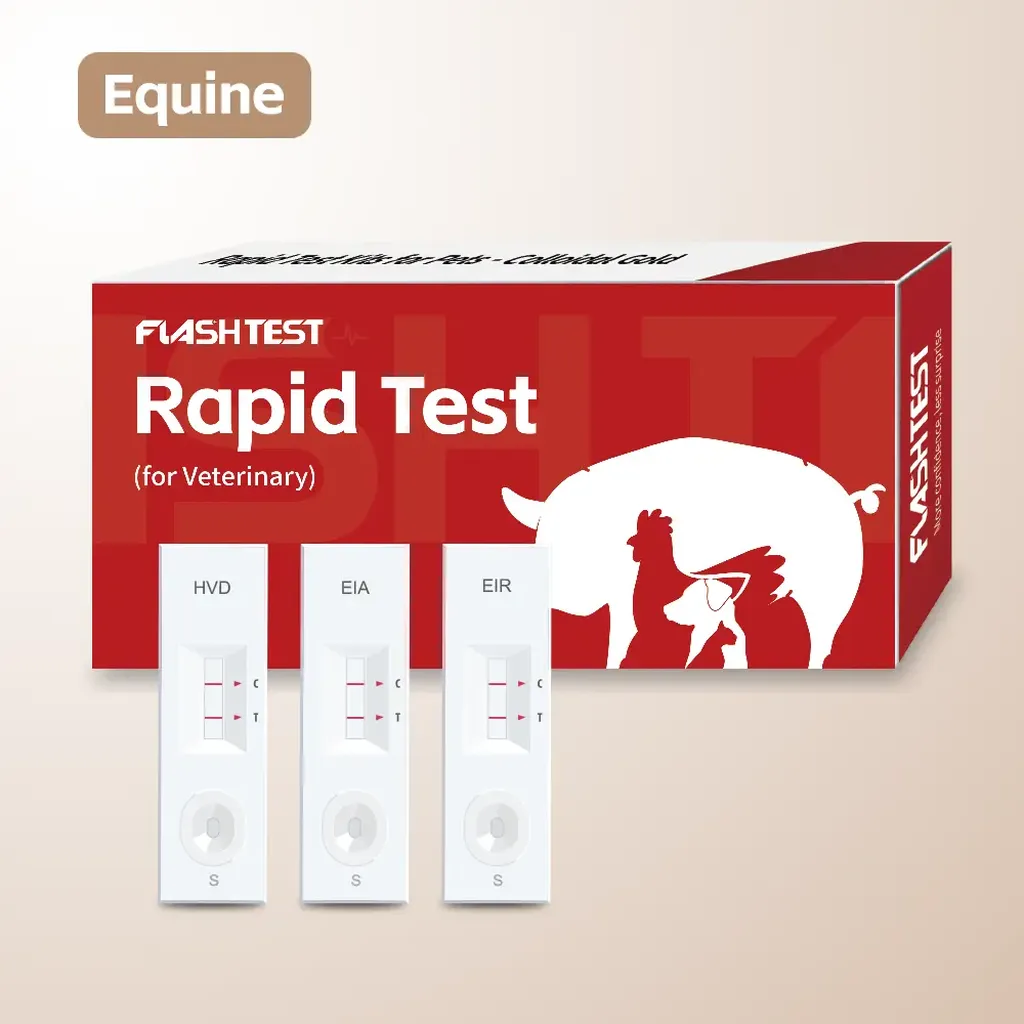In the world of equine health, a significant breakthrough has emerged from the labs of the State Key Laboratory for Animal Disease Control and Prevention at the Harbin Veterinary Research Institute, part of the Chinese Academy of Agricultural Sciences. Led by Yan Yang, a team of researchers has developed a novel diagnostic tool that promises to revolutionize the detection of equine influenza virus (EIV) antibodies. This innovation, published in the esteemed journal *Microbiology Spectrum* (translated as “Microbiology Spectrum”), could have profound implications for the global equine industry, offering a more efficient and reliable method for managing this highly contagious disease.
Equine influenza, an acute respiratory illness caused by EIV, has become enzootic worldwide, leading to frequent outbreaks and substantial economic losses. Traditional diagnostic methods, such as the hemagglutination inhibition (HI) assay, are accurate but complex and time-consuming, making them impractical for widespread use, particularly in regions where commercial kits are scarce. Enter the competitive enzyme-linked immunosorbent assay (NP-cELISA), a groundbreaking development that addresses these challenges head-on.
The NP-cELISA, designed by coating plates with purified monoclonal antibodies against the EIV nucleoprotein (NP), offers a simpler, faster, and more cost-effective alternative. “The assay achieved 100% sensitivity and specificity, which is a remarkable feat,” says Yan Yang, the lead author of the study. This high level of accuracy is crucial for effective disease management and control.
To validate the diagnostic performance of the NP-cELISA, the researchers evaluated 119 clinical samples using the NP-cELISA, a commercially available competitive ELISA (ID.vet-cELISA), and the HI assay as the reference standard. The results were impressive: the NP-cELISA showed an 87.4% concordance rate with the HI assay, outperforming the 78.2% concordance rate observed between the ID.vet-cELISA and the HI test. This superior performance highlights the potential of the NP-cELISA as a reliable diagnostic tool.
The implications of this research extend beyond the lab. In a serological surveillance study conducted using the developed NP-cELISA in China from 2021 to 2023, equine serum samples showed an average annual seroprevalence of 37.96% for EIV antibodies. This data provides critical insights into the prevalence of EIV, enabling more targeted and effective disease control strategies.
The commercial impact of this research cannot be overstated. Equine influenza poses significant economic challenges to the global equine industry, and a reliable, efficient diagnostic tool like the NP-cELISA can help mitigate these risks. “This advancement supports timely disease detection and control, benefiting veterinary practices and the equine industry worldwide,” Yan Yang emphasizes.
As the equine industry continues to evolve, the need for innovative diagnostic tools becomes increasingly apparent. The NP-cELISA developed by Yan Yang and his team represents a significant step forward in this regard. By offering a more efficient and accurate method for detecting EIV antibodies, this research has the potential to shape future developments in the field, ensuring the health and well-being of equines worldwide.
In the words of Yan Yang, “The NP-cELISA is not just a diagnostic tool; it’s a game-changer.” And with its publication in *Microbiology Spectrum*, the stage is set for this innovation to make a lasting impact on the equine industry.

